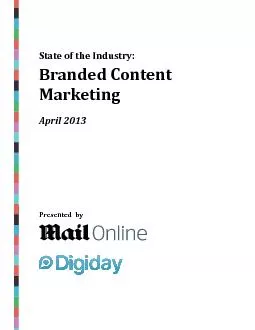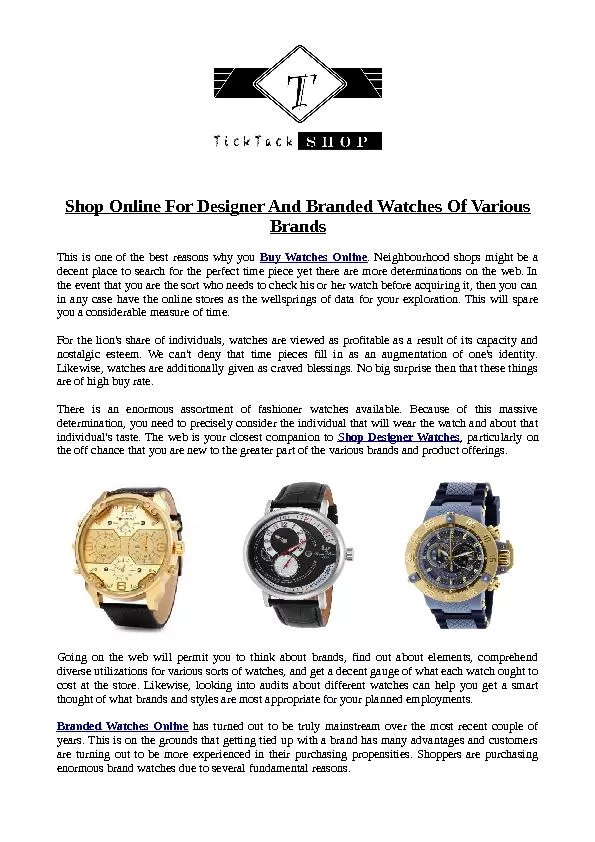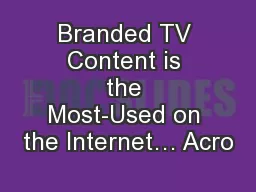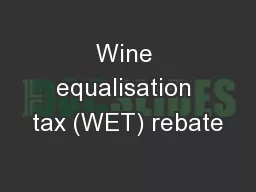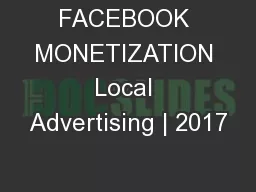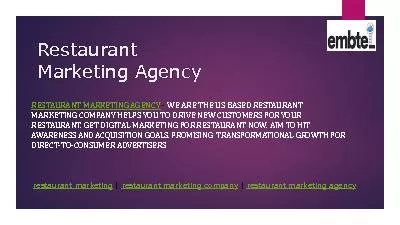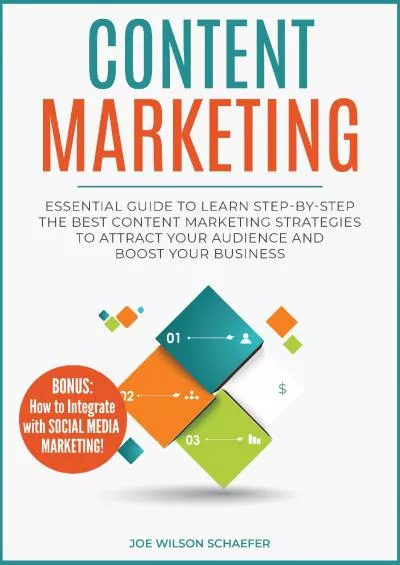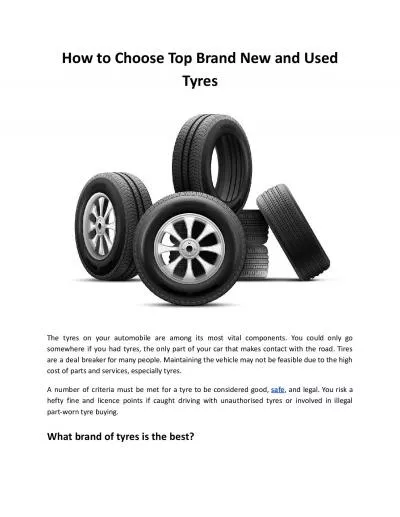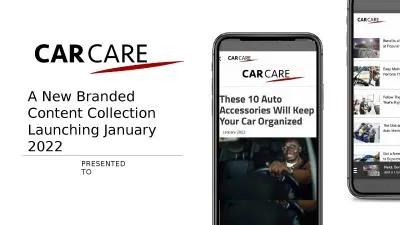PDF-State of the Industry: Branded Content Marketing April 2013Presented
Author : ellena-manuel | Published Date : 2016-02-11
The overwhelming majority of both brands and agencies participating in the April 2013 State of the Industry Survey on Branded Content Marketing 150 70 percent and
Presentation Embed Code
Download Presentation
Download Presentation The PPT/PDF document "State of the Industry: Branded Content M..." is the property of its rightful owner. Permission is granted to download and print the materials on this website for personal, non-commercial use only, and to display it on your personal computer provided you do not modify the materials and that you retain all copyright notices contained in the materials. By downloading content from our website, you accept the terms of this agreement.
State of the Industry: Branded Content Marketing April 2013Presented: Transcript
Download Rules Of Document
"State of the Industry: Branded Content Marketing April 2013Presented"The content belongs to its owner. You may download and print it for personal use, without modification, and keep all copyright notices. By downloading, you agree to these terms.
Related Documents

